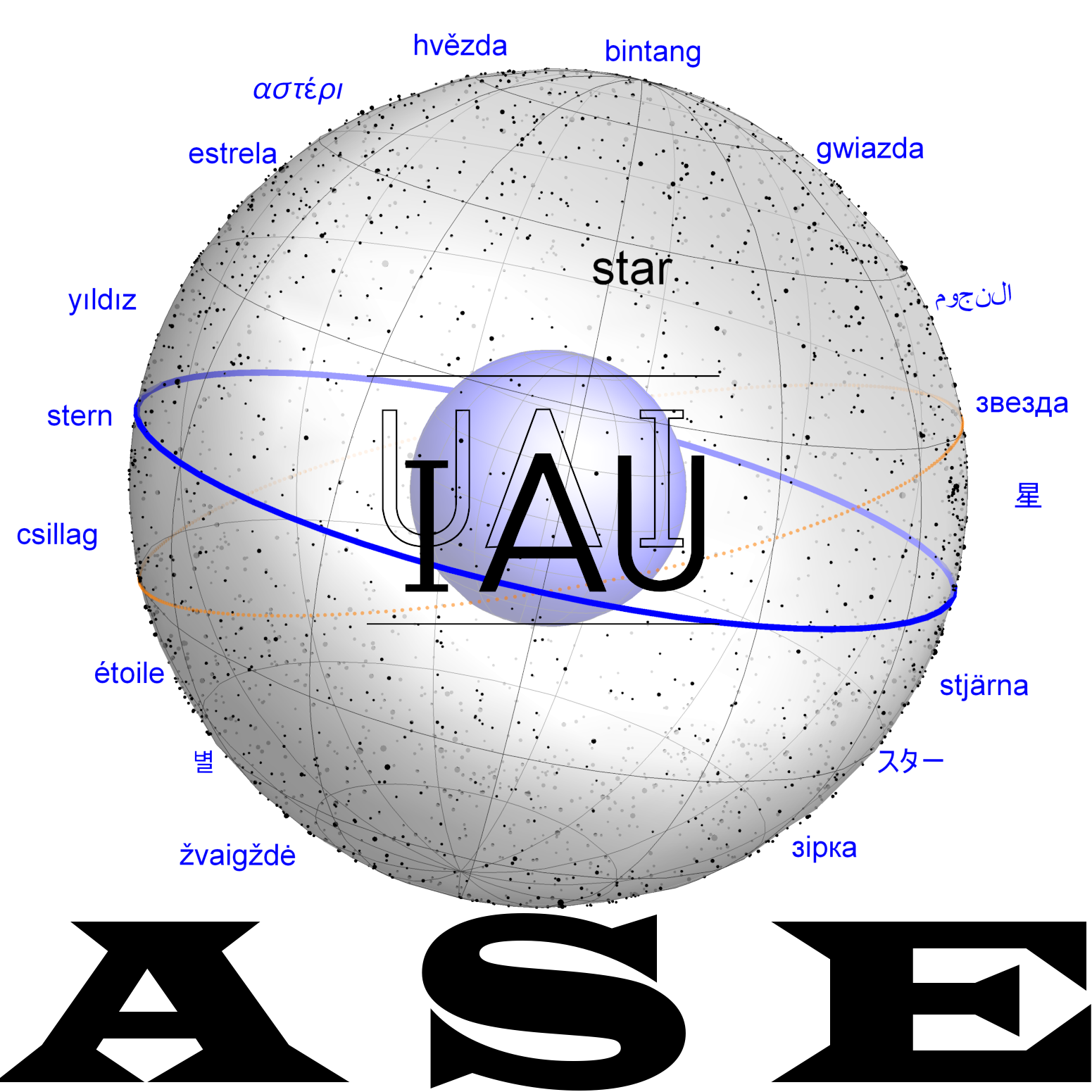GENNA: Difference between revisions
No edit summary |
No edit summary |
||
| Line 1: | Line 1: | ||
<sup>múl d</sup>GENNA is |
<sup>múl d</sup>GENNA = ''kayyamānu''(''m'') "Constant" is a common name for Saturn. |
||
Headding should be GENNA (TUR.DIŠ) = k....... |
|||
{{Template:Saturn}} |
{{Template:Saturn}} |
||
| Line 7: | Line 10: | ||
* <sup>d</sup>TUR.DIŠ; = ''kayyamānu''(''m'') "Constant"; |
* <sup>d</sup>TUR.DIŠ; = ''kayyamānu''(''m'') "Constant"; |
||
* ''UDU.IDIM.SAG.UŠ "The Planet, Saturn' (should this be here or underster SAG.UŠ with a reference - like - 'for other names for Saturn see the index etc.???)'' |
|||
designation of Saturn in astronomical texts of the first millennium B.C. [G. 69]. |
A designation of Saturn in astronomical texts of the first millennium B.C. [G. 69]. |
||
The name apparently comes from the Akkadian word, ginâ, "constantly, normally" [AHw. [AHw, 289; CAD G, 78], close in meaning to kayyamānu, and apparently reflects the slow motion of Saturn relative to the stars in comparison to other planets. |
The name apparently comes from the Akkadian word, ginâ, "constantly, normally" [AHw. [AHw, 289; CAD G, 78], close in meaning to kayyamānu, and apparently reflects the slow motion of Saturn relative to the stars in comparison to other planets. |
||
| Line 46: | Line 50: | ||
| |
| |
||
|} |
|} |
||
=== |
===Š === |
||
See also <sup>mul</sup>GI<sub>6</sub>.NA (syllabic notation GENNA?) [SpTU II, 42 r. 6]. |
|||
See also [SpTU V, 271:8ʹ]. |
|||
==Historical Dictionaries== |
==Historical Dictionaries== |
||
Revision as of 08:42, 24 April 2025
múl dGENNA = kayyamānu(m) "Constant" is a common name for Saturn.
Headding should be GENNA (TUR.DIŠ) = k.......
Images of Saturn
Dictionary
Var. reading:
- dTUR.DIŠ; = kayyamānu(m) "Constant";
- UDU.IDIM.SAG.UŠ "The Planet, Saturn' (should this be here or underster SAG.UŠ with a reference - like - 'for other names for Saturn see the index etc.???)
A designation of Saturn in astronomical texts of the first millennium B.C. [G. 69].
The name apparently comes from the Akkadian word, ginâ, "constantly, normally" [AHw. [AHw, 289; CAD G, 78], close in meaning to kayyamānu, and apparently reflects the slow motion of Saturn relative to the stars in comparison to other planets.
In astrological texts the names SAG.UŠ, UDU.IDIM.SAG.UŠ (Kurtik s10, u09) were commonly used.
Kurtik with Hilder, Hoffmann, Horowitz, Kim
| Sources | Identifications |
|---|---|
| Lexical texts.
Neo-Babylonian comments: GENNA = ka-a-a-nu [AHw, 420]. |
Example |
| EAE.
Only in later copies and commentaries, cf. [ABCD, 285, BM 47447 Rev. 29; SpTU I, 90:4-5, 7, 9; SpTU II, 42 r. 1, 6; SpTU III, 102 Rs. 8; SpTU IV, 162 r. 13]. |
|
| "Astronomical Diaries and Related Texts."
First in the diary for -567 as dGENNA [ADRT I, -567:9]; in the same diary we find dSAG.UŠ [ibid., -567:2]; in later texts the designation Saturn is always GENNA. |
|
| Mathematical Astronomy.
(d)GENNA — the designation of Saturn in Seleucid ephemerides and horoscopes [ACT II, 474a; BH, 28]. Temple rituals.
|
|
Late Astrology.Zodiacal Astrology.
|
Š
Historical Dictionaries
| Kurtik (2022, g10) | Gössmann (1950) |
|---|---|
| вар. чтения: dTUR.DIŠ; = kayyamānu(m) «Постоянный»; обозначение Сатурна в астрономических текстах I тыс. до н.э. [G. 69]. Название происходит, по-видимому, от аккадского ginâ «постоянно, нормально» [AHw, 289; CAD G, 78], близкого по смыслу kayyamānu, и отражает, по-видимому, медленный характер движения Сатурна относительно звезд в сравнении с другими планетами. В астрологических текстах обычно употребляли названия SAG.UŠ, UDU.IDIM.SAG.UŠ (s10, u09).
I. Источники. Лексич. тексты. Нововавилонский комментарий: GENNA = ka-a-a-nu [AHw, 420]. ЕАЕ. Только в поздних копиях и комментариях, см. [ABCD, 285, BM 47447 Rev. 29; SpTU I, 90:4–5, 7, 9; SpTU II, 42 r. 1, 6; SpTU III, 102 Rs. 8; SpTU IV, 162 r. 13]. «Дневники наблюдений». Впервые в дневнике за -567 г. как dGENNA [ADRT I, -567:9]; в этом же дневнике встречаем dSAG.UŠ [ibid., -567:2], в более поздних текстах обозначение Сатурна всегда ― GENNA. Математическая астрономия. (d)GENNA ― обозначение Сатурна в эфемеридах селевкидского времени и гороскопах [ACT II, 474a; BH, 28]. Храмовые ритуалы. (1) Новогодний ритуал в Вавилоне: múlgenna mul kit-tu2 u mi-šar «Сатурн ― звезда суда и справедливости» [RAcc. 138:307; Linssen 2004, 220:307]. (2) Ритуал в Уруке, см. u07UDU.IDIM. Поздняя астрология. Зодиакальная астрология. a) aš2-šu2 dTUR.DIŠ lu […] ina KI SAL.MEŠ KI dSin DU-zu UŠ U3.TU «Поскольку Сатурн или [Марс] в области женщин стоит с Луной (или: на месте Луны): младенец мужского пола родится» [LBAT, 1593:7′–8′; Reiner 2000]. b) aš2-šu2 dTUR.DIŠ u dṢal-bat?-a?-nu? KI Sin / 2 UŠ(!).MEŠ U3.TU «Поскольку Сатурн и Марс? с [или: на месте] Луной (стоят): 2 (младенца мужского пола?) родятся» [LBAT, 1593:9′–10′; Reiner 2000]. с) Меркурий или Сатурн с Луной, см. g34GU4.UD. См. также mulGI6.NA (силлабическая запись GENNA?) [SpTU II, 42 r. 6]. См. также [SpTU V, 271:8ʹ]. |
Example |






